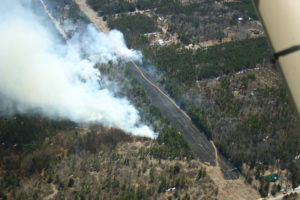By Linda Williams, forest health specialist (Woodruff). Linda.Williams@wisconsin.gov; 715-356-5211, x232
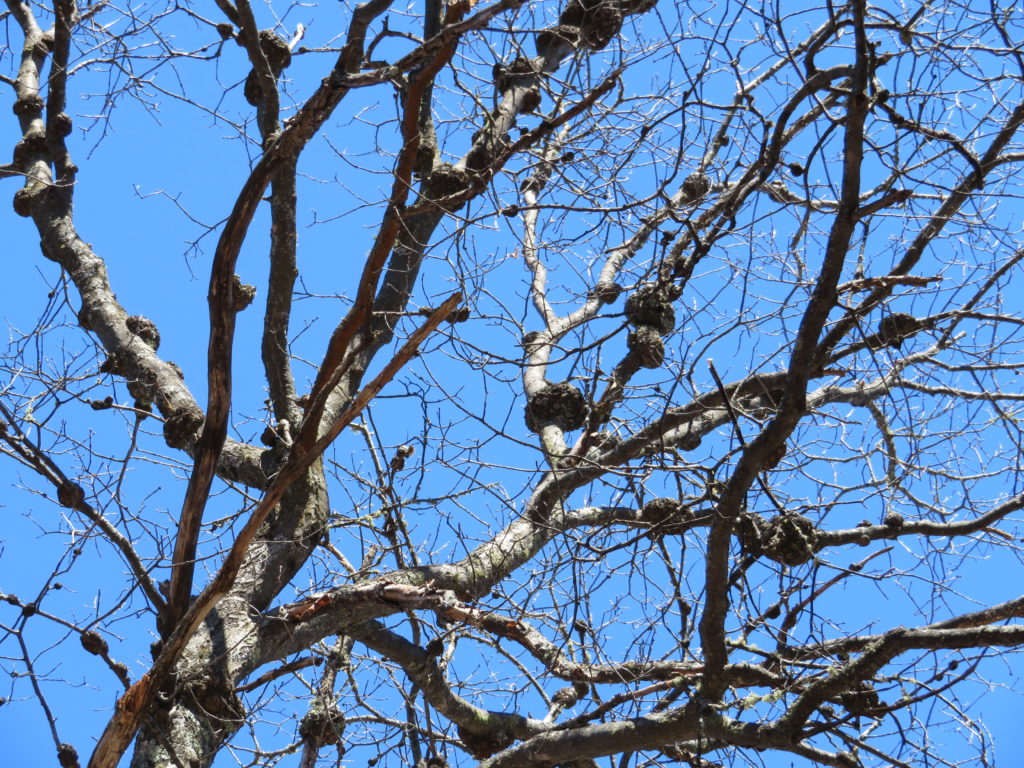
Large swellings on the branches of this oak are caused by the fungus Phomopsis.
Winter and early spring are great times to look for galls on trees. Some galls, including phomopsis galls, can get very large and, because there are often many galls on a single tree, they are easily spotted from a distance. Phomopsis galls are woody swellings caused by a fungus which range in size from very small to larger than a person’s head. They occur on hickory, northern red oak, maple, and a few other tree species. Infections are usually localized to a single tree with neighboring trees being completely unaffected, or a small group of trees may be infected. Occasionally, larger infection centers can be found.
It is suspected that genetic variability plays a role in the susceptibility of individual trees, but a lot is still unknown about this fungus. There is no known treatment for Phompsis galls other than to prune them out and dispose of them; many people choose to simply live with them. If left on a tree, galls may eventually cause dieback or girdling of infested branches, but some trees live for many decades with galls on their main stems. The presence of galls does not necessarily mean the rapid death of a tree, which is especially true for oak trees: they seem to survive for decades with very large galls present on the branches.

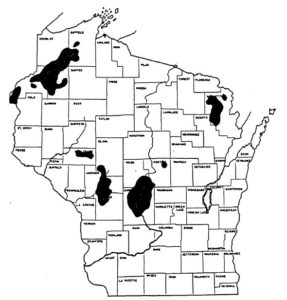
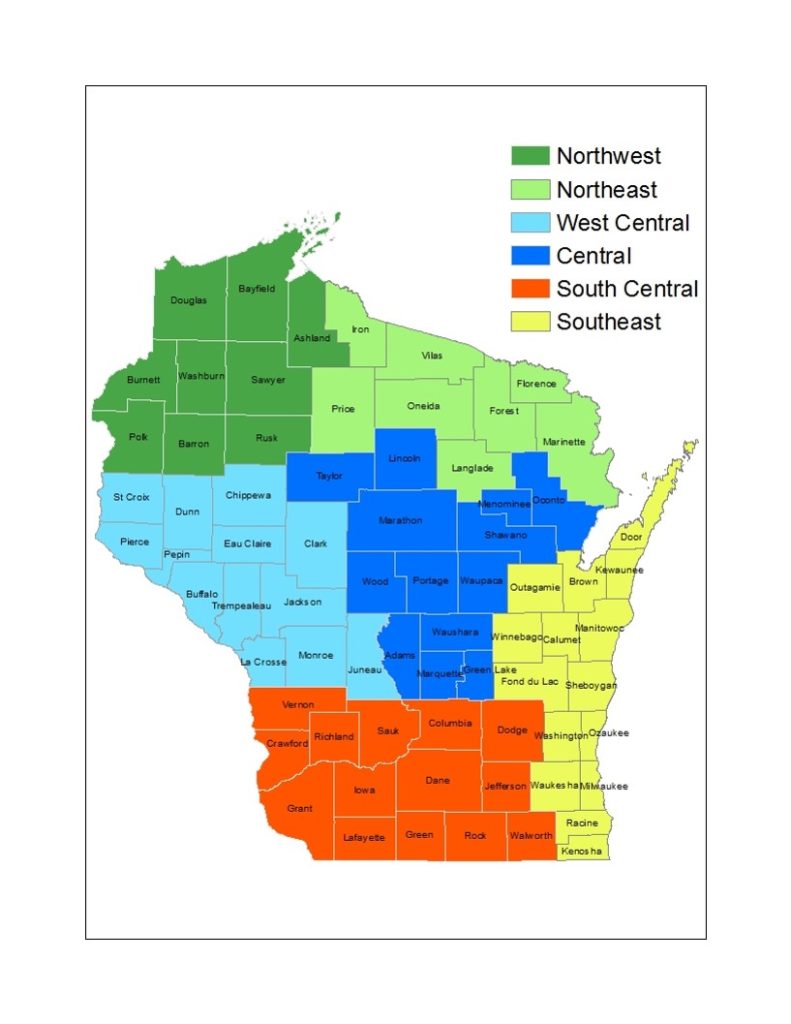
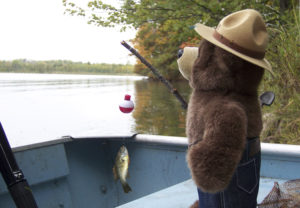 Before you fry up that big catch over a campfire this weekend, follow Smokey’s Lead and check the fire danger. The fishing opener is upon us and another round of dry weather is in the forecast. Fire officials are gearing up for a busy weekend, especially in northern WI. Before you hit the lakes, secure trailer chains, check tire pressure and maintain brakes to avoid sparks. If you are planning to do some clean up around the yard or simply have a campfire with friends, follow the daily restrictions and make sure any permitted fires are completely out. In the last week, the DNR responded to over 160 wildfires, mostly caused by debris burning.
Before you fry up that big catch over a campfire this weekend, follow Smokey’s Lead and check the fire danger. The fishing opener is upon us and another round of dry weather is in the forecast. Fire officials are gearing up for a busy weekend, especially in northern WI. Before you hit the lakes, secure trailer chains, check tire pressure and maintain brakes to avoid sparks. If you are planning to do some clean up around the yard or simply have a campfire with friends, follow the daily restrictions and make sure any permitted fires are completely out. In the last week, the DNR responded to over 160 wildfires, mostly caused by debris burning.